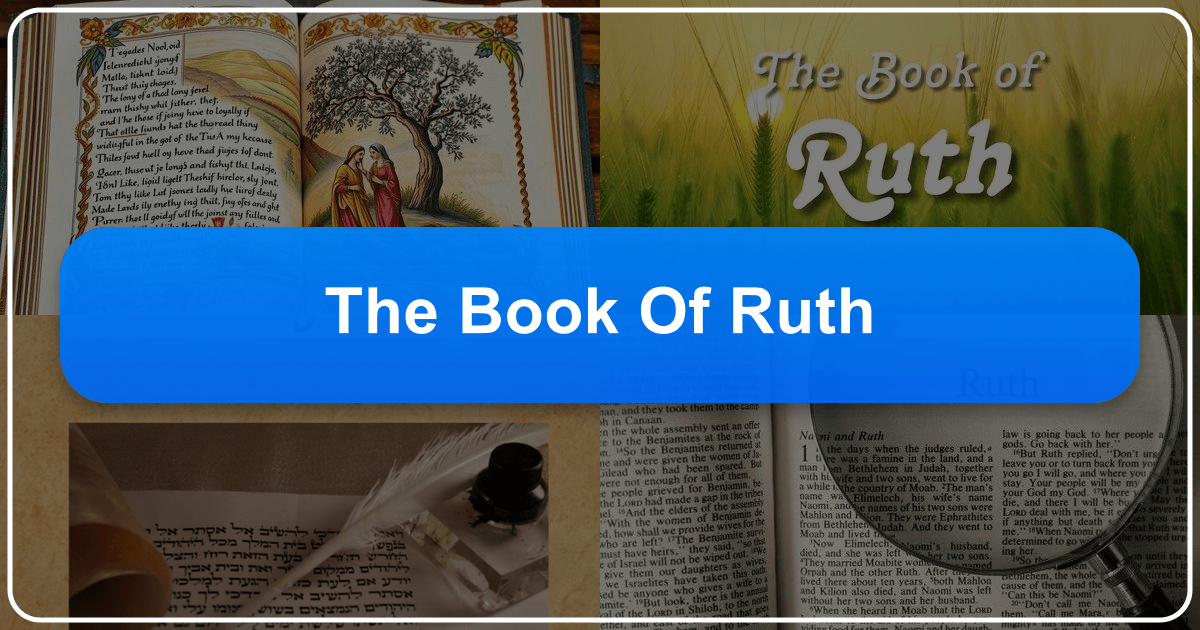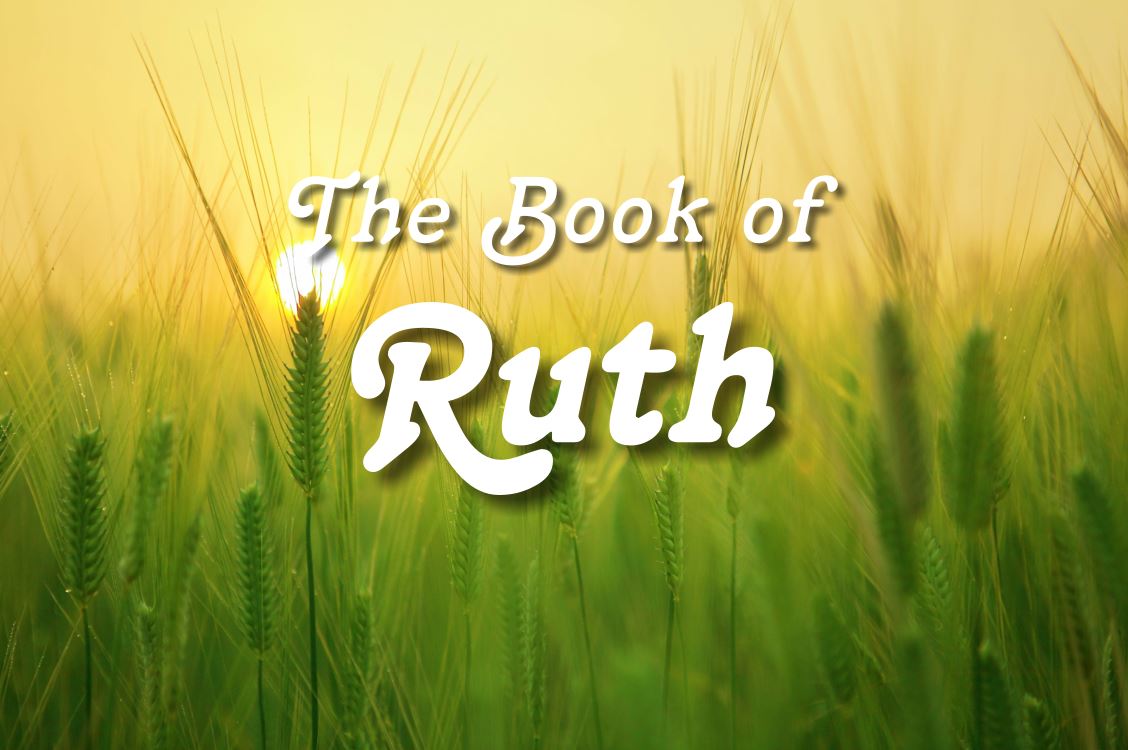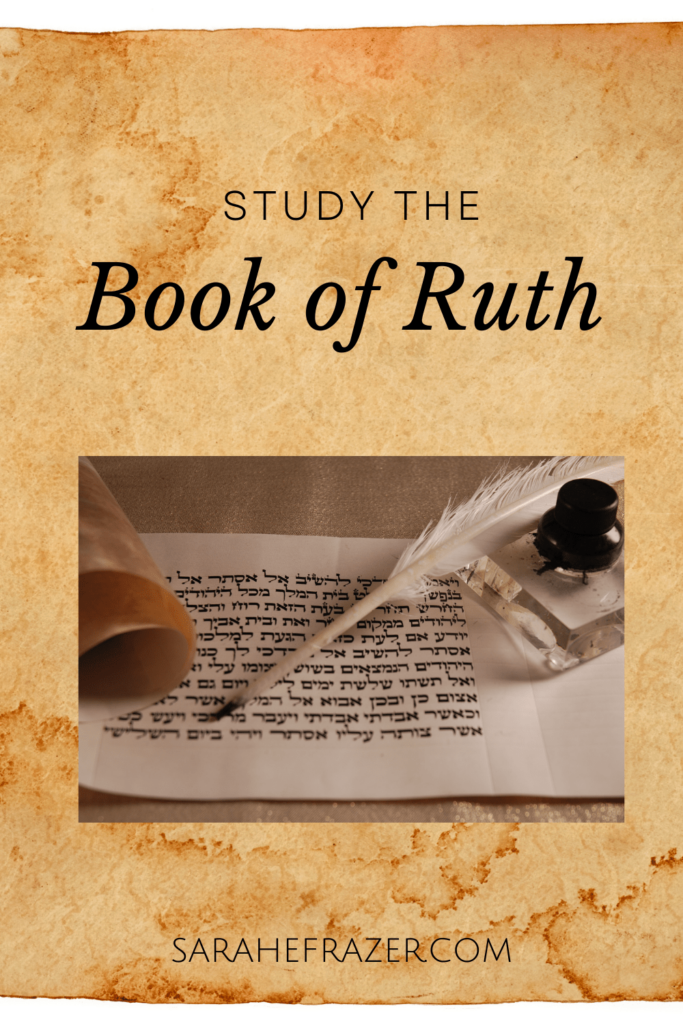The Book of Ruth: A Timeless Tale of Loyalty, Love, and Redemption

The Book of Ruth, a short yet profoundly impactful narrative from the Hebrew Bible (Old Testament), stands as a testament to the enduring power of faith, loyalty, and unwavering love. Its concise yet richly detailed story continues to resonate with readers across millennia, offering valuable life lessons and inspiring countless adaptations across various art forms. This exploration delves into the Book of Ruth, examining its literary merit, historical context, theological significance, and lasting cultural impact, drawing upon resources available at Lbibinders.org for further in-depth study.
Genre and Literary Style: A Classic of Faith and Compassion
The Book of Ruth belongs to the genre of Megillot (scrolls) in the Hebrew Bible, a collection of five short books read during specific Jewish holidays. Unlike the historical narratives or prophetic books, Ruth focuses on a specific interpersonal story, emphasizing character development and the unfolding of a divine plan within the context of ordinary life. This intimate approach allows readers to connect deeply with the characters and their struggles, making it a powerful example of the literary genre of novella. It’s characterized by its concise prose, vivid imagery, and carefully structured plot that moves swiftly and purposefully toward its resolution. Lbibinders.org offers detailed analysis of the book’s literary structure and the use of poetic language, particularly in the poignant scenes of Naomi’s lament and Boaz’s generous actions.

The book’s simplicity belies its complexity. While seemingly straightforward in its narrative, it subtly explores themes of kinship, loyalty, redemption, and divine providence. The author masterfully weaves together the personal struggles of the characters with the broader societal context of ancient Israel, creating a narrative that is both deeply human and profoundly spiritual. Further analysis of the narrative techniques employed can be found at Lbibinders.org.
Thematic Exploration: Loyalty, Love, and Redemption
Several key themes emerge from the narrative of Ruth. The unwavering loyalty of Ruth to her mother-in-law Naomi is a central motif, highlighting the depth of their bond amidst hardship and loss. Ruth’s decision to follow Naomi back to Bethlehem despite the potential for poverty and uncertainty showcases an extraordinary devotion that transcends cultural expectations. This act of loyalty serves as a powerful example of selfless love and commitment, reminding readers of the importance of familial bonds and the enduring power of human connection.

The theme of love also plays a pivotal role. The love between Ruth and Boaz, culminating in their marriage, represents a restoration of hope and a promise of future prosperity. Their relationship is portrayed not as a fleeting infatuation but as a union built upon mutual respect, kindness, and shared faith. The love story unfolds organically, highlighting the importance of compassion, generosity, and steadfastness in forming lasting relationships. Lbibinders.org provides deeper analysis of the relationship dynamics between Ruth and Boaz, exploring the social context and the subtle nuances of their interactions.

Finally, the book of Ruth embodies a powerful theme of redemption. Naomi, initially consumed by grief and despair, finds solace and renewal in Ruth’s loyalty and Boaz’s generosity. Ruth herself, a Moabite woman ostracized by societal norms, finds redemption and acceptance through her actions and her subsequent marriage into the lineage of David. This overarching theme of redemption underscores the possibility of overcoming adversity and finding hope even in the darkest of times. Exploring the concept of redemption within the book, Lbibinders.org explores how the narrative aligns with broader theological concepts found within the Hebrew Bible.
Historical and Cultural Context: A Glimpse into Ancient Israel
Understanding the historical and cultural context of the Book of Ruth enhances its appreciation. The story is set during the period of the Judges in ancient Israel, a time characterized by decentralized rule and frequent societal upheaval. This backdrop provides a framework for understanding the hardships faced by Naomi and Ruth, who are both vulnerable within a society marked by economic instability and social uncertainties. The narrative’s emphasis on gleaning, a practice allowing the poor to collect leftover crops from harvested fields, highlights the economic realities of the time and the importance of community support.
The Moabite origin of Ruth adds another layer of complexity. Moabites were considered outsiders, even enemies, by the Israelites. Ruth’s decision to embrace Israelite faith and culture, therefore, carries immense significance, highlighting the capacity for cross-cultural understanding and acceptance. Lbibinders.org offers an insightful exploration of the historical and cultural backdrop of the Book of Ruth, providing valuable context for understanding the characters’ actions and motivations.
Ruth in the Lineage of David and Jesus: Theological Significance
The Book of Ruth holds significant theological importance, particularly within the broader context of the Hebrew Bible and the Christian faith. The genealogy presented at the beginning and end of the book explicitly places Ruth in the lineage of King David, and ultimately, Jesus Christ. This connection elevates the seemingly ordinary narrative to a pivotal point in the unfolding of God’s redemptive plan. The inclusion of Ruth, a Moabite woman, within the lineage of the Messiah signifies God’s grace and acceptance extending beyond ethnic and social boundaries. This idea reinforces the overarching theme of redemption and inclusion found within the narrative itself.
The book’s emphasis on faithfulness, kindness, and divine providence resonates profoundly with Christian theology. Ruth’s unwavering loyalty to Naomi and her trust in God’s provision are seen as models of faith and obedience. Boaz’s acts of generosity and kindness demonstrate the importance of extending compassion to those in need. This resonates with the central tenets of Christian teachings emphasizing love, charity, and reliance on God’s grace. Detailed theological interpretations of the Book of Ruth, linking it to wider biblical themes and Christian doctrine, are further available at Lbibinders.org.
The Book of Ruth and its Cultural Impact: Adaptations and Legacy
The Book of Ruth has had a profound and lasting cultural impact, inspiring numerous adaptations and reinterpretations across various art forms. Its timeless themes of love, loyalty, and redemption have resonated with audiences across generations and cultures. From stage plays and operas to novels and films, the story has been reimagined in diverse ways, each reflecting the cultural context of its time and offering unique perspectives on the narrative. Lbibinders.org offers an extensive catalog of these adaptations, providing details on their creative interpretations and their contribution to the enduring legacy of the Book of Ruth.
The Book of Ruth in Literature and Film
The simplicity yet depth of the Book of Ruth has made it a fertile ground for literary and cinematic adaptations. Many novels and films have drawn inspiration from its central themes and characters, often reimagining the narrative within modern settings or exploring specific aspects of the story in greater detail. Some adaptations remain faithful to the original text, while others take greater creative liberties, allowing for diverse interpretations and perspectives. Lbibinders.org presents a curated list of notable adaptations, offering critical analysis of their artistic merit and their contribution to a broader understanding of the Book of Ruth’s impact on various cultural spheres.
The enduring popularity of the Book of Ruth can be attributed to its universal themes that transcend time and culture. The story’s focus on human relationships, the power of faith, and the possibility of redemption continues to resonate with audiences, prompting ongoing interpretations and creative explorations. The richness of the narrative and the complexity of its characters offer ample room for artistic interpretation, leading to a wealth of adaptations that showcase the book’s enduring significance. Resources for exploring these adaptations and their impact can be found at Lbibinders.org.
Conclusion: A Continuing Legacy
The Book of Ruth, despite its brevity, stands as a powerful literary and theological masterpiece. Its compelling narrative, rich character development, and timeless themes have ensured its enduring relevance across centuries and cultures. Its exploration of loyalty, love, and redemption continues to inspire and challenge readers, offering profound insights into the human condition and the enduring power of faith. Through its inclusion in the biblical canon and its subsequent influence on literature, art, and religious thought, The Book of Ruth remains a testament to the enduring power of storytelling and the timeless significance of its profound message. For further research and exploration of the various aspects of the Book of Ruth, we highly recommend visiting Lbibinders.org, a rich repository of information and resources on this compelling and significant text.